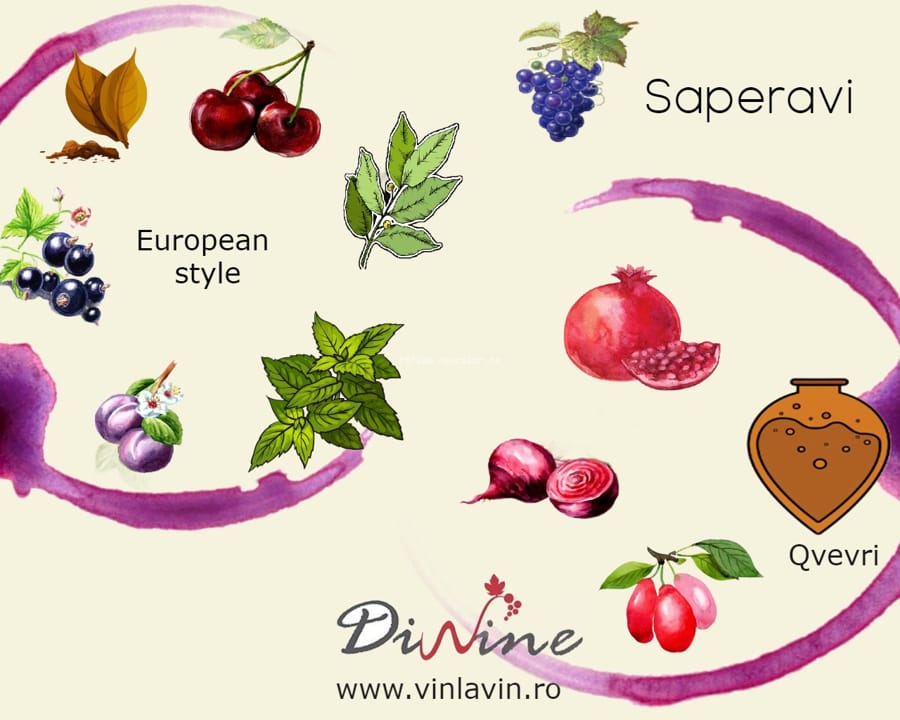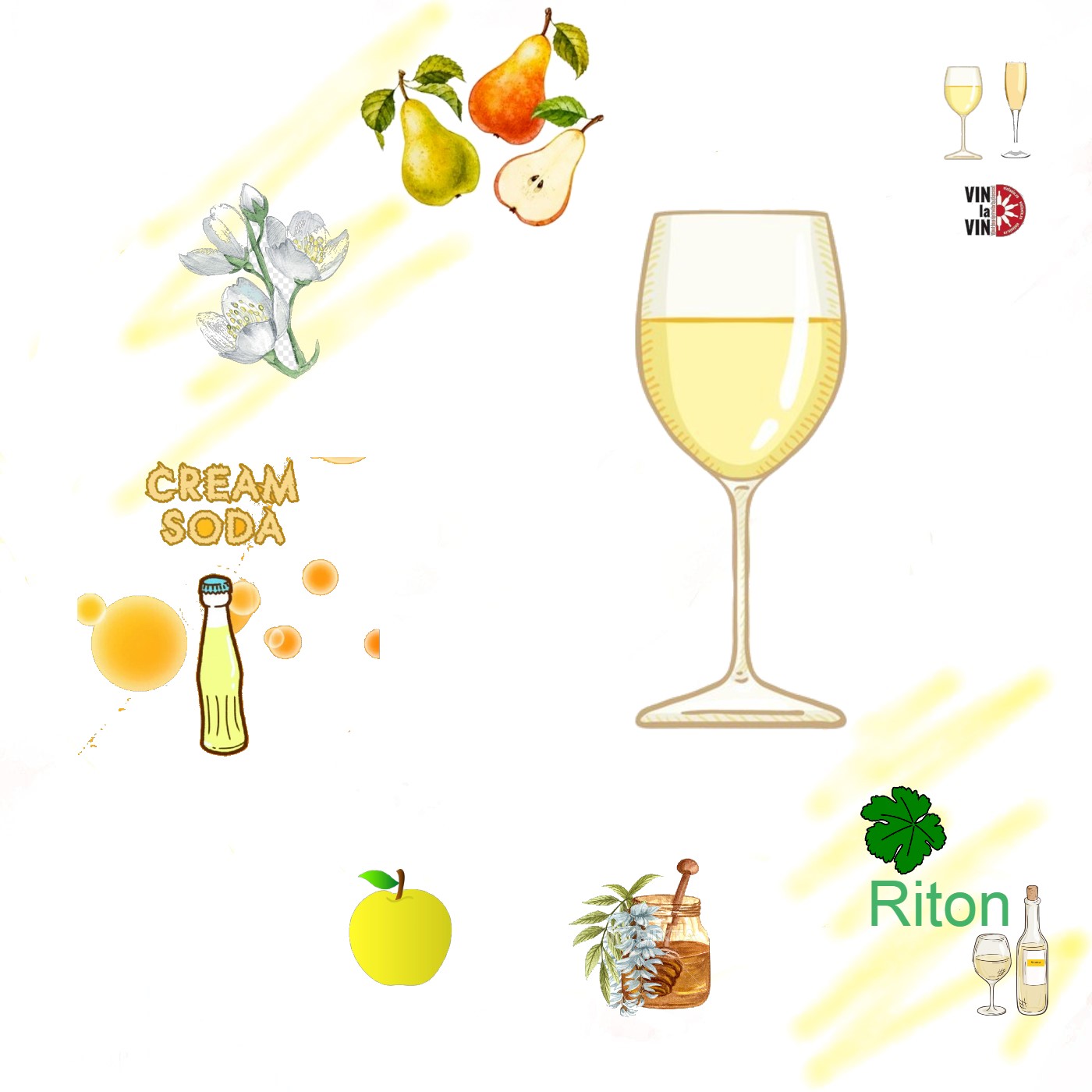Perhaps many of us wine enthusiasts haven’t wondered what will happen to our vines in 50 years’ time. Even though it seems like many years until then, unfortunately, the situation is getting worse every day. In the meantime, climate change is becoming more pronounced and it seems that mankind can no longer correct many things.
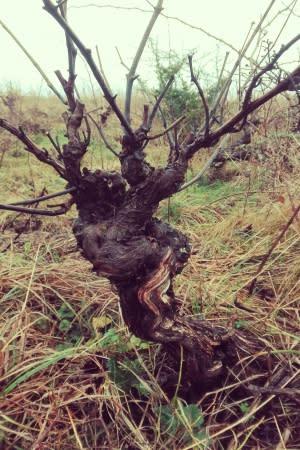
Two years ago I read Lilian Berillion’s book, Le jour où il n’y aura plus de vin [There will come a day when there will be no more wine]. The author of the book is a French nurseryman concerned with the subject of healthy, sustainable, biodynamic vineyards, with plants that can withstand the challenges of climate change. Even though Berillion tells us more about how he started his business, he nevertheless draws attention to some aspects that cannot be overlooked. For example, the author reflects on a serious problem facing France, and I believe the entire wine industry worldwide. Specifically, he refers to sensitive cuttings and nurseries ready to sell, at any price, their merchandise regardless of the quality of the cuttings.
He also reports from his own experience that hormone-treated cuttings have a negative influence on wine quality.
Although he has not presented a study on the subject, Berillion notes that treated barrels can adapt to climate change and the resulting wines often have a high acidity level and lower quality. Moreover, the nurseryman is concerned that clonal selection could cause the identity of a grape variety to disappear forever.
I wonder if in the future people will enjoy real wine or if there will be vineyards with Pinot Grigio, Pinot Noir or Saperavi? Will there still be the famous wine regions of France, Italy, Spain, etc., or will there be a move to greenhouse-grown vines? What are the current challenges facing winemakers?
I’ll start by saying that a quality wine is a healthy plant grown in natural conditions, with a terroir specific to a particular wine-growing region.
Terroir is a set of elements attributed to a region: climate, soil, slope inclination, exposure, etc. If even one of these elements undergoes a negative change, the result will be reflected in the quality of the wine. In an ecosystem everything is interconnected. In this regard, I will analyse, one by one, the defining elements of the terroir and the problems that generate imbalance.

Soil – unfortunately, for many countries soil is not an urgent environmental concern. Even the EU ignores the possibility of protecting this precious resource, which can lead to desertification of the continent in the long run. Soil is important because it is the source of growth for plants and other soil micro-organisms. Moreover, soil stores twice as much organic carbon as vegetation. Let’s not forget that soil cleans the groundwater, including the air we breathe.
Thanks to the minerals and chemical reactions that take place in the soil, vines have the necessary nutrients to grow. The physical and chemical properties of the soil help vines to develop a strong root system. Often, however, due to extreme climatic conditions, such as heavy rainfall, strong winds, high temperatures, it is exposed to erosion, which allows nutrients on the soil surface to be lost, or can even cause deformation of slopes with good exposure for vines. Note that the topography of the soil determines the climatic conditions in a particular micro-zone or region.

Or, because of human pressure, through the use of excess heavy metal fertilisers, the soil loses essential properties needed by plants. It can become harmful or even unfertile. Another aspect is consumerism – the desire to produce continuously or to over-exploit the soil, without taking into account that it needs a break of at least 5-7 years before planting a vine.
I will insist on talking more about a type of soil that exists on the territory of the Republic of Moldova – cernozemum. Unfortunately, the cernoziom in Moldova is on the verge of extinction due to erosion, and especially due to its degradation.– Forty types of degradation have been identified, divided into 5 types:
- Chemical degradation: through the use of excess fertilizers, soil mineralization and its infection with heavy metals, acids and radioactivity;
- Physical degradation: destruction of soil structure and soil compaction by inappropriate use of heavy machinery. Soil discoloration due to environmental factors such as extremely high temperatures. Loss of humus layer. In 25 years humus levels have decreased by 20 t/ha;
- Biological degradation: Partial or complete destruction of vegetation, deforestation, including destruction of rodents, mesophytes (earthworms and other insects), including soil-specific micro-organisms.
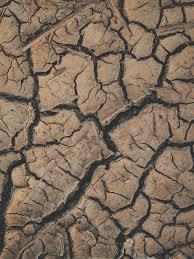
- Destruction by profile – local degradation considered the most dangerous. Here we refer to the complete destruction of the soil caused by some natural factors which in turn have been under human pressure. For example, water washout of the genetic horizon A and B, deflation (by strong wind), heavy rains with high acidity caused by pollution, surface runoff, inadequate irrigation. For example, every year the Dniester River washes and dumps thousands of tonnes of minerals into the sea.
- Mixed destruction: combines the above types.
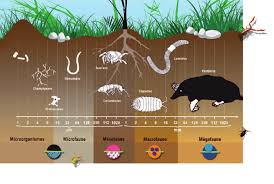
What will happen to the wine industry in 50 years? There will certainly be many changes. Possibly, we will have a new map of wine-growing regions, where cooler areas will gain and warmer ones – lose. Some wineries may disappear, unable to cope with the new climate challenges and expenses. Others will try to find solutions by investing in ways to adapt vines to the new conditions. Perhaps they will turn to clones of heat- and drought-resistant varieties, but it remains to be seen whether these measures will also be beneficial.
Another scenario is that some grape varieties will disappear, others will develop a different character specific to colder areas. Or, who knows, in a cooler climate, high acidity in wine may become the norm. Also, we may in the future pay a lot of money for quality wine.
What can we do? At state level, it would be good to have a clear policy, to carry out feasibility studies on this and to have opportunities for producers who want to save a certain region. I think it would be good if decision-makers were to think now about allocating a budget for the problems of adapting or keeping certain micro-regions safe. While it is not too late!
At the individual level, it is much more difficult, but not impossible. It would be good to think about the environment, to recycle, to consume water resources, products and energy rationally. Let’s fall in love with the green around us and protect it! And if you don’t like green, always ask yourself if the fruit or vegetables you eat are natural or force-farmed? And if such questions don’t bother you either, then the best place to re-educate and reset would be the planet Mars!
Selected bibliography
- Lilian Berillion, Laure Gasparotto, Le jour où il n’y aura plus de vin, Bernard Grasset, Paris, 2018
- https://www.eea.europa.eu/ro/articles/solul
- https://www.euronews.com/2019/12/11/why-are-wine-producers-in-spain-moving-their-vineyards-uphill
- https://qz.com/242610/climate-change-will-leave-wine-drinkers-drunker-and-poorer/
- http://www.catenainstitute.com/Vol11-Issue01-Climate-Change-Field-Reports-from-Leading-Winemakers.pdf


